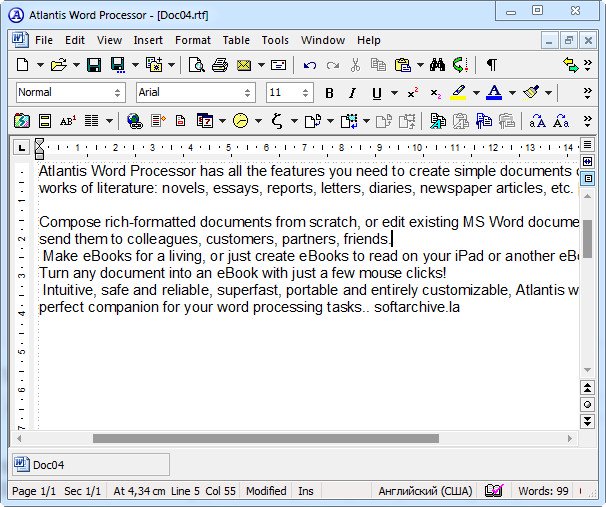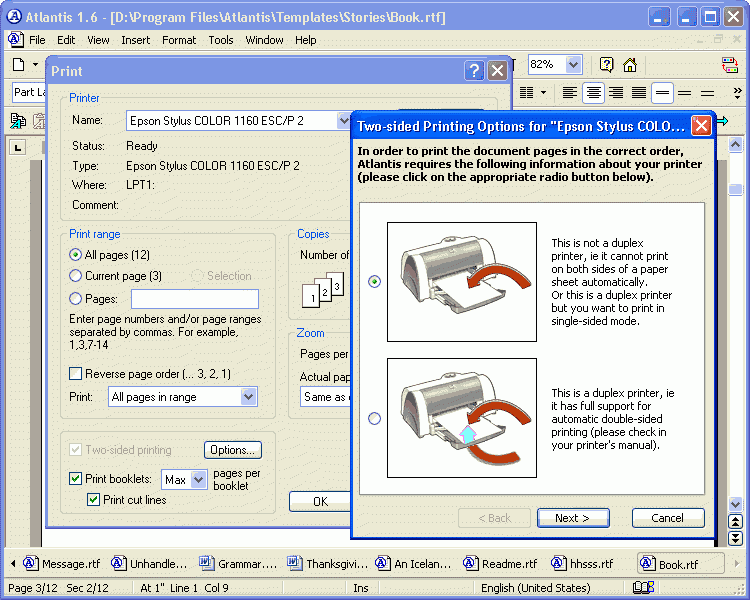

In 1967 IBM hired Jim Henson to produce and direct a short film on the MT/ST the film, called Paperwork Explosion, was scored by Raymond Scott. The MT/ST was not electronic it implemented its functions through a bank of electromechanical relays. In a cumbersome way, points on the tape could be marked and jumped to. A "switch code" instructed the playback to switch to the other tape drive. Insertion capabilities were limited: one could insert while copying from one tape station to the other on a single tape one null character per line was reserved for insertions. The backspace key backed up the tape so a character could be recorded over there was also a true backspace code, which allowed overstruck characters, like á. Instruction manuals taught the operator the importance of listening to the sounds of the machine during playback. The MT/ST automated word wrap, but it had no screen, automated hyphenation ( soft hyphens were available), or concept of the page pages had to be divided and numbered by the human operator during playback. An add-on module added a third tape station, to record the combined output of playback from the two stations. Most models had two tape drives, which greatly facilitated revision and enabled features such as mail merge. It was the first system marketed as a word processor.

It recorded text typed on 1/2" magnetic tape, approximately 25 kilobytes per tape cassette, and allowed editing and re-recording during playback. The latter, size reduction while retaining the superscript, works sometimes with some reading software depending on the amount of the size reduction and the abilities of the ereader.The IBM MT/ST (Magnetic Tape/Selectric Typewriter, and known in Europe as MT72 ) was a model of the IBM Selectric typewriter, built into its own desk, integrated with magnetic tape recording and playback facilities, located in an attached enclosure, with controls and a bank of relays. The former always works to restore uniform line spacing but looses the traditional look. You can either change the superscript endnote to not be superscript or reduce it's size.

If you are referring to the vertical spacing before line five, then there are things you can do that can/may help. There is nothing you can do in the book's code to change the reader's justification decisions (word spacing, letter spacing, hyphenization, and/or not justifying a problem line). If you are referring to the horizontal word spacing seen in the third line then there is nothing you can do other than to spec the book to use left alignment instead of justification or to use different reading software. Which "awkward spacing" are you referring to? When I load the ePub into my iPad and read it in iBooks, however, it has awkward spacing.Īny thoughts on what I could do to fix this?.


 0 kommentar(er)
0 kommentar(er)
